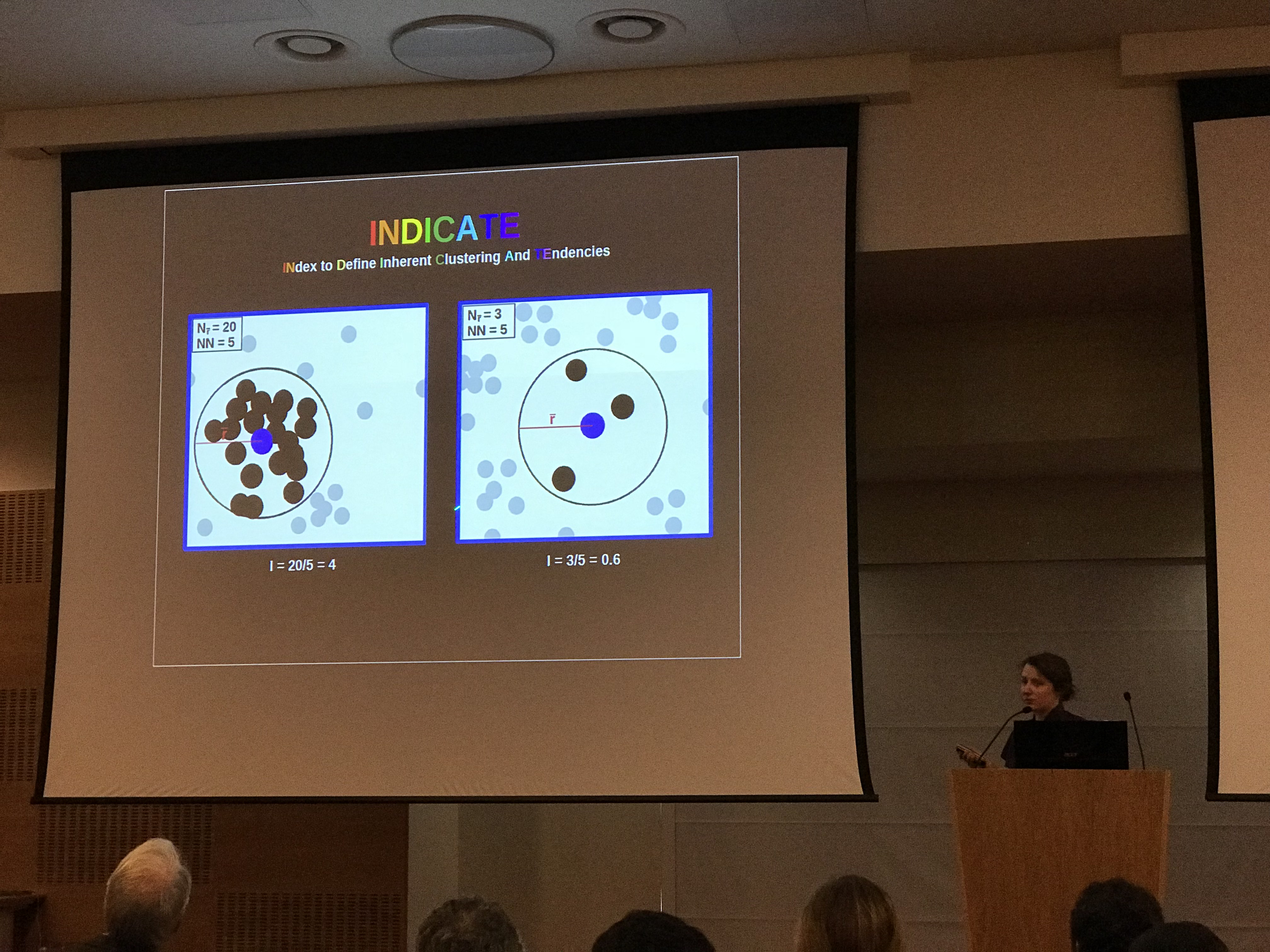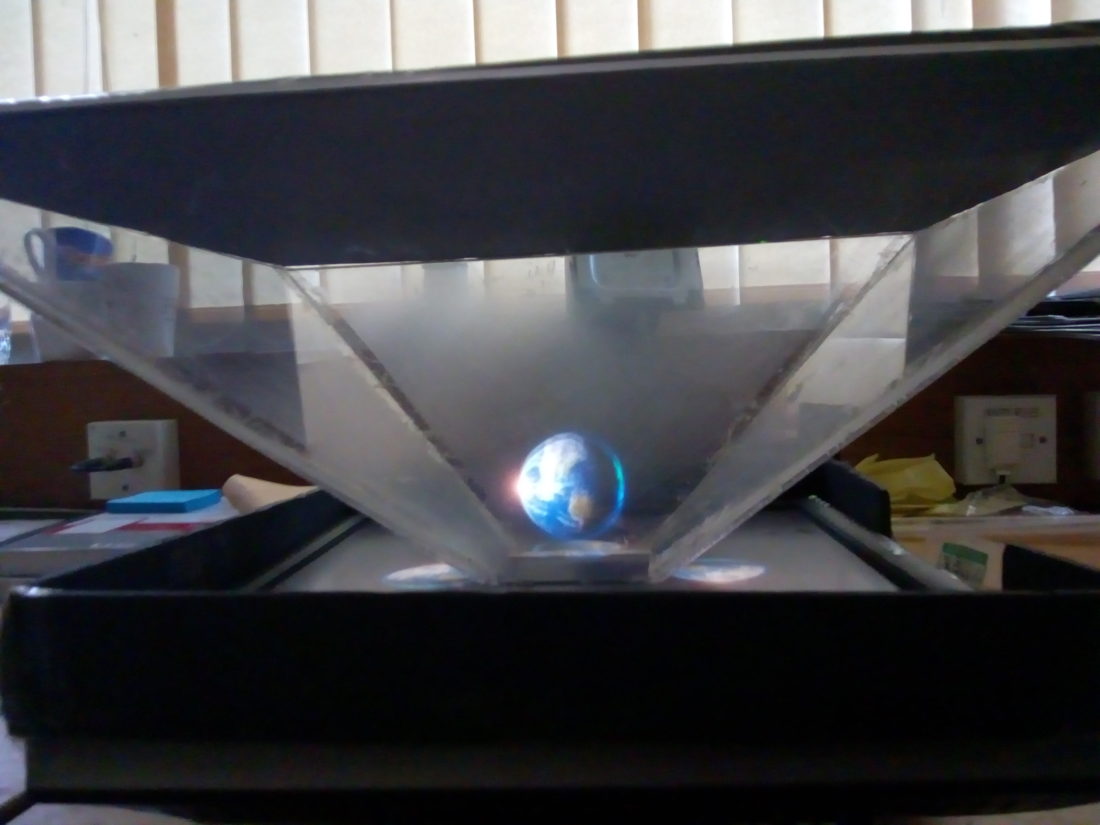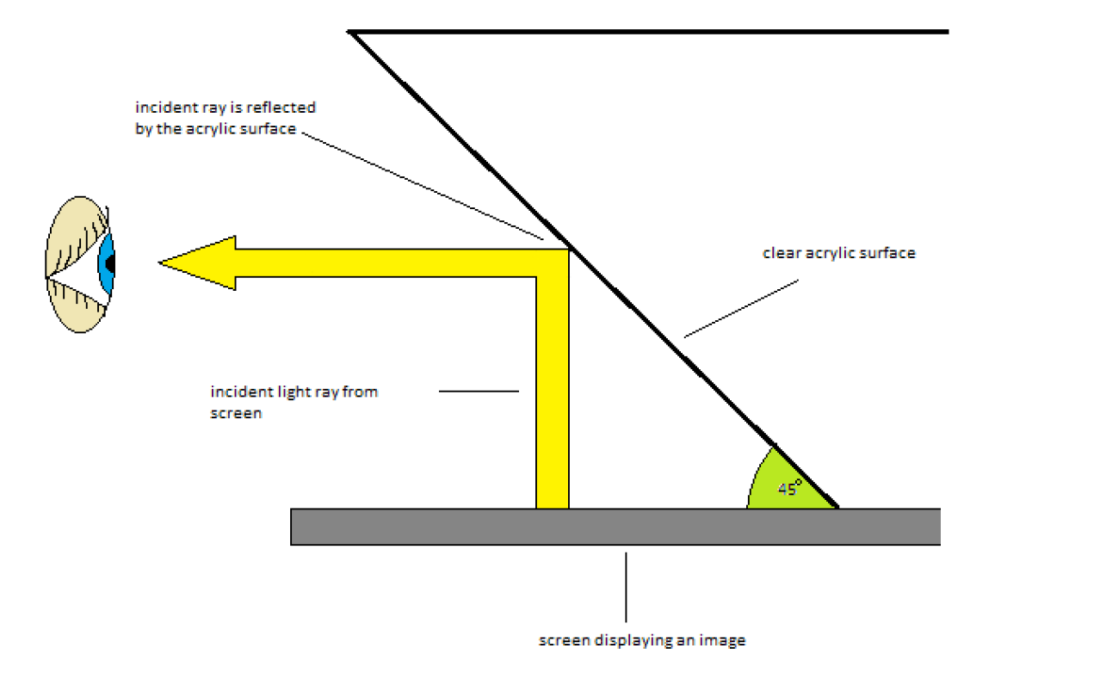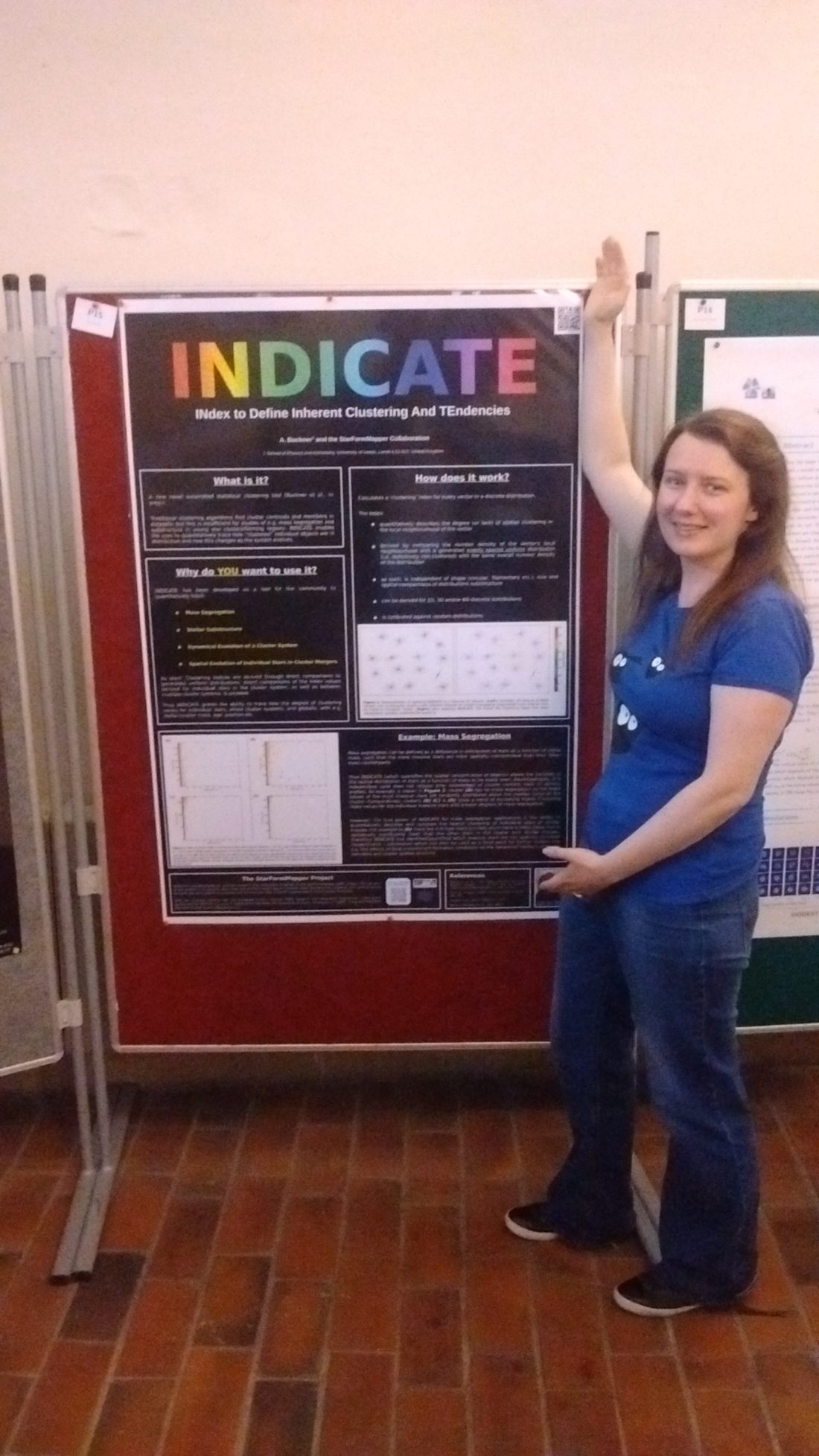Well, no one can say 2020 has been uneventful….unless being sarcastic of course!
As we enter the ‘September’ level of 2020 the SFM Project is sadly drawing to a close (planned, and non-covid19 related), so I thought I would give you an pandemic friendly final update to my post detailing what a day in the life of an astrophysicist looks like.
On a normal daily basis, you will now find us in our home offices (or kitchen tables) at a computer still doing cutting edge science research, writing about it, or reading about someone else’s, coding and answering emails. We still have meetings, and are teaching students but this is virtually using a combination of live Zoom, Microsoft Teams and pre-recorded videos.
Of course, we are not doing our regular doing public talks and event activities or jet-setting to locations worldwide for conferences. However, we are adapting pretty well I think. Quite a few of our conferences planned for 2020 were converted to virtual conferences which actually means a lot more people could attend – not just from a room capacity perspective, but also people who could not attend due to conflicting schedules and/or caring responsibilities. For example, we may have a conference in France one day and in Chile the next, so it was impossible to attend both pre-pandemic but is now possible as there is no travel! I have the feeling that post-pandemic some of these new normals may continue but we shall see.
Anyhoo I hope you are all keeping well and staying safe 🙂
This is Dr Anne signing off – over and out!





